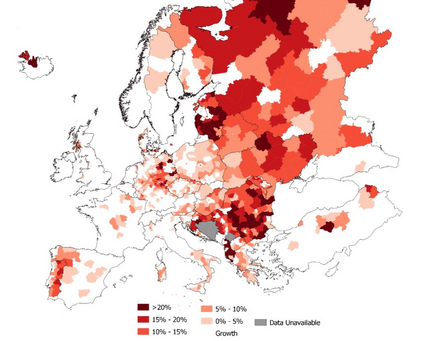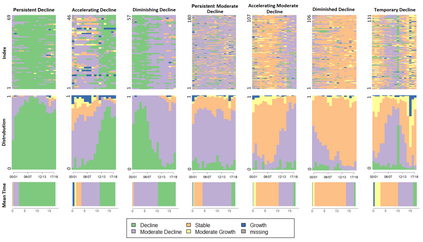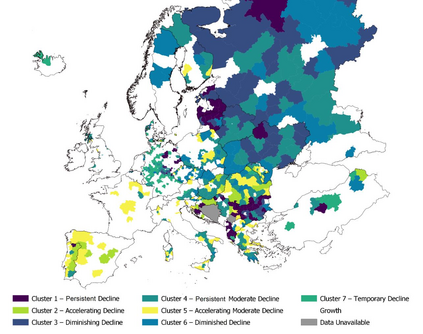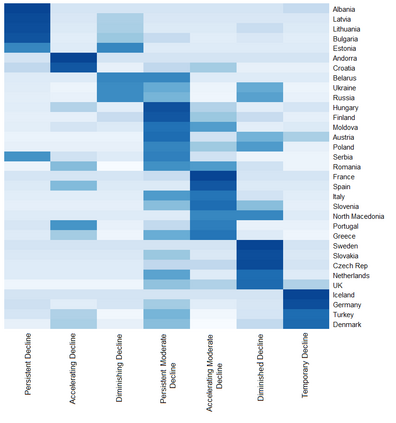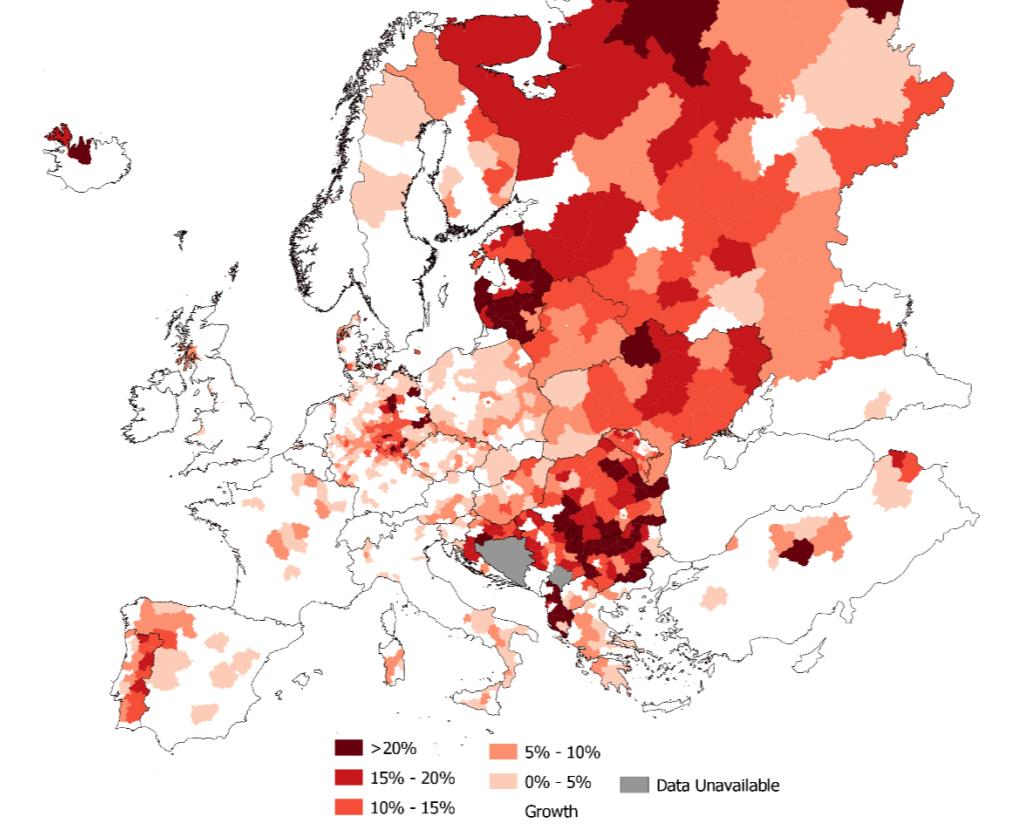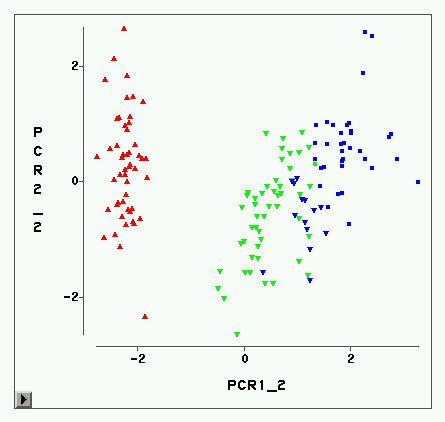Population decline is projected to become widespread in Europe, with the continental population set to reverse its longstanding trajectory of growth within the next five years. This represents unfamiliar demographic territory. Despite this, literature on decline remains sparse and our understanding porous. Particular epistemological deficiencies stem from a lack of both cross-national and temporal analyses of population decline. This study seeks to address these gapsthrough the novel application of sequence and cluster analysis techniques to examine variations in population decline trajectories since 2000 in 696 sub-national areas across 33 European territories. The methodology allows for a holistic understanding of decline trajectories capturing differences in the ordering, timing, magnitude and spatial structure of population decline. We identify a typology of population decline distinguishing seven distinct pathways to depopulation and chart their geographies. Results revealed differentiated pathways of depopulation in continental sub-regions, with consistent and rapid declines in the east, persistent but moderate declines in central Europe, accelerating declines in the south and decelerating population declines in the west. Results also revealed differentiated patterns of depopulation across the rural-urban continuum, with urban and populous areas experiencing deceleration in population decline, while population decline accelerates or stabilises in rural areas. Small and mid-sized areas displayed heterogeneous depopulation trajectories, highlighting the importance of local contextual factors in influencing trajectories of population decline.
翻译:预计欧洲人口将普遍减少,因为大陆人口将在今后五年内扭转其长期增长轨迹,这代表不熟悉的人口领土。尽管如此,关于人口下降的文献仍然很少,而且我们的理解也存在漏洞。特别的认知缺陷来自对人口下降的跨国家和时间分析的缺乏。本研究力求通过新颖地应用序列和分组分析技术来弥补这些差距,以审查自2000年以来33个欧洲领土696个次国家地区人口下降轨迹的变化,33个欧洲领土有696个次国家地区的人口下降轨迹。该方法还有助于全面了解下降轨迹的下降趋势,在人口下降的顺序、时机、规模和空间结构上都存在差异。我们发现,人口下降的类型区分了七个不同的人口减少途径,并绘制了地理分布图。结果揭示了大陆次区域人口下降的不同路径,而东部地区人口持续和快速下降,中欧地区持续但中度下降,南部人口下降速度加快,西部人口下降速度减缓。结果还揭示了城乡连续下降模式的差异模式,城市和人口密集地区人口减少,同时人口下降趋势显示农村地区人口结构变低或稳定。

